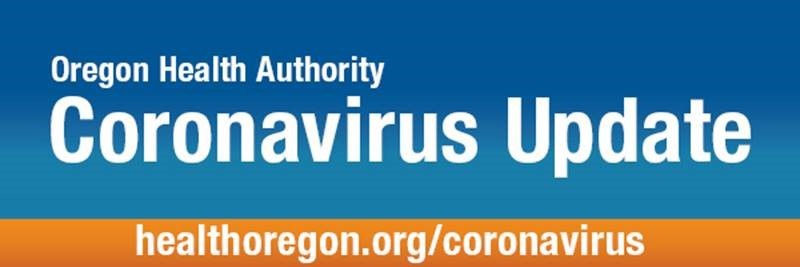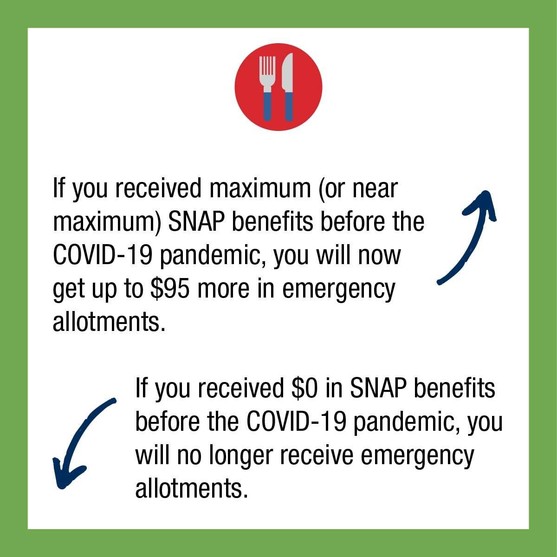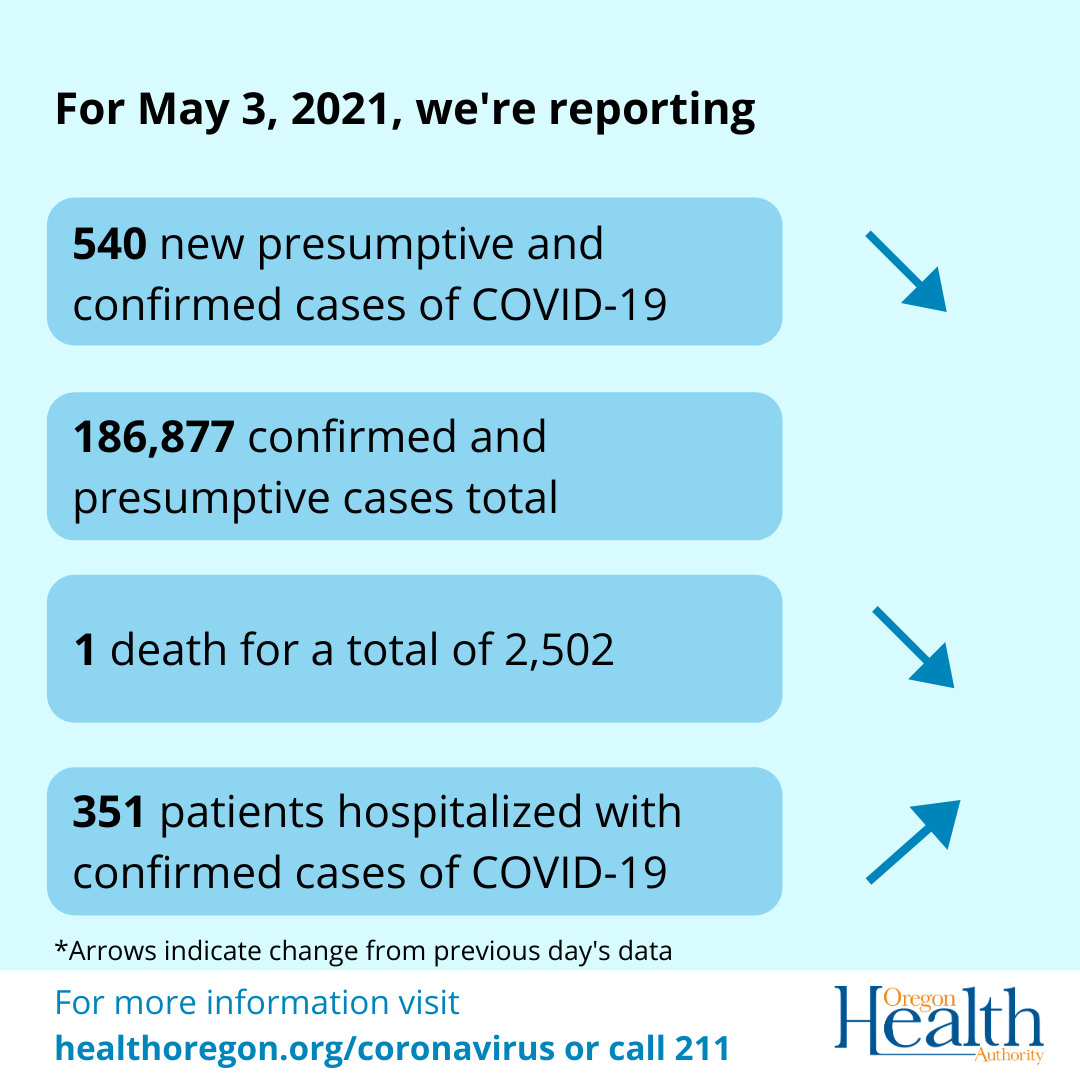 |
May 3, 2021
Help build a safer community by getting the COVID-19 vaccine
Now that so many folks are choosing to get vaccinated, people are wondering what the benefit is since they still need to take precautions. COVID-19 is still spreading in Oregon, so it’s important to continue wearing a mask, limiting gatherings and taking other precautions, but there are some other advantages to getting the vaccine.
When you’re vaccinated, you’re contributing to building a safer community because when more people are vaccinated, it’s harder for the virus to spread. Another benefit is that you might feel a little less worried about becoming seriously ill with COVID-19 if you’re vaccinated.
Check out the infographic below to see more about the perks of getting the vaccine.
Approval versus Emergency Use Authorization (EUA): What’s the difference?
You may be wondering what the difference is between an Emergency Use Authorization (EUA) and approval from the U.S. Food and Drug Administration (FDA). We’ll use this article to explore the topic in general, but we’ve posted a longer version on our blog with more details.
FDA Approval
In the case of an FDA approval, the FDA analyzes data on “the safety, efficacy, purity and potency” of every vaccine through a rigorous testing process, which usually begins with testing in animals.
If animals experience the intended effect of vaccination without concerning side effects, then the testing will continue in human trials, which are carried out in three phases.
If the clinical trials are considered a success, the FDA will also evaluate the vaccine manufacturing processes in place to ensure the vaccine can be made safely and consistently.
Following testing, FDA scientists and medical professionals carefully review all collected data and decide whether the vaccine is sufficiently safe and beneficial for use. If the vaccine meets these criteria, it is distributed for use in the United States and monitored closely thereafter.
When a vaccine receives FDA approval, health care providers with prescribing rights may prescribe it to their patients as they see fit.
Emergency Use Authorization
The COVID-19 vaccines from Pfizer, Moderna and Johnson & Johnson have all received an Emergency Use Authorization (EUA) from the FDA. EUAs are granted only during a declared emergency like the COVID-19 pandemic.
Similar to the FDA approval process, vaccine studies for EUA are conducted across three phases. All three COVID-19 vaccines currently authorized for emergency use were studied in tens of thousands of volunteers from diverse backgrounds and regions, with data monitored by independent data safety monitoring boards.
If the trials indicate that the vaccine is safe and effective for use, the manufacturer may apply to FDA for EUA. Then, FDA scientists and physicians with expertise in vaccine research evaluate the data, alongside a group of public health experts who make up the Vaccines and Related Biological Products Advisory Committee (VRBPAC). That committee makes a recommendation to FDA.
Weighing all the evidence, along with the VRBPAC, the FDA decides whether the benefits of a vaccine are likely to outweigh its risks. If the vaccine meets these criteria, it is granted an EUA and distributed for use in the United States and monitored closely thereafter. The EUA specifies how the vaccine must be used and it is valid only for the duration of the declared emergency.
FDA approval and EUA are two different processes that the FDA can use to make a vaccine available. Both of them follow the rigorous safety standards set forth by the FDA.
211 texting is live in English and Spanish
If you’re looking for information about the COVID-19 vaccine, 211 is a great way to get your questions about COVID-19 vaccines answered.
You can text ORVAX to 898211 with your questions in English or Spanish.
Also, if you need to schedule your vaccination and you don’t have access to the internet, you can call 211. They can help you schedule.

Federal changes to SNAP Emergency Allotments this month
Starting in March 2020, the federal government approved Supplemental Nutrition Assistance Program (SNAP) emergency allotments to give recipients additional support during the COVID-19 pandemic.
There are two important federal changes to the SNAP Emergency Allotments in May 2021:
- Households that are already receiving the maximum SNAP benefits for their household size will now receive an additional $95 in emergency allotments in May.
- Households who are eligible for $0 in regular SNAP benefits will not receive the May emergency allotments. This change is because the federal government clarified households must receive regular SNAP to be eligible for emergency allotments.
To learn more about this change, read the news release: https://go.usa.gov/xHmU3

Oregon reports 540 new confirmed and presumptive COVID-19 cases, 1 new death
There is one new COVID-19 related death in Oregon, raising the state’s death toll to 2,502, the Oregon Health Authority reported at 12:01 a.m. today.
Oregon Health Authority reported 540 new confirmed and presumptive cases of COVID-19 as of 12:01 a.m. today, bringing the state total to 186,877.
Vaccinations in Oregon
Today, OHA reported that 17,897 new doses of COVID-19 vaccinations were added to the state immunization registry. Of this total, 15,437 doses were administered on May 2 and 2,460 were administered on previous days but were entered into the vaccine registry on May 2. Cumulative daily totals can take several days to finalize.
The 7-day running average is now 33,153 doses per day.
Oregon has now administered a total of 1,647,730 first and second doses of Pfizer, 1,317,295 first and second doses of Moderna and 97,625 single doses of Johnson & Johnson COVID-19 vaccines. As of today, 1,295,638 people have completed a COVID-19 vaccine series. There are 1,860,194 who have had at least one dose.
To date, 1,939,275 doses of Pfizer,1,584,800 doses of Moderna and 229,500 doses of Johnson & Johnson COVID-19 vaccines have been delivered to sites across Oregon.
These data are preliminary and subject to change.
OHA’s dashboards provide regularly updated vaccination data, and Oregon’s dashboard has been updated today.
New features released on vaccination dashboards
The statewide and county graphs featured on the COVID-19 Vaccinations Trends dashboard now display the seven-day running averages of administered doses of COVID-19 vaccines. This improves information sharing for administered doses over time and may be helpful for showing trends for less populated counties.
The COVID-19 Vaccination Metrics dashboard now includes a toggle switch that lets users choose between two different population denominators: the total Oregon population and the population in Oregon eligible to receive a COVID-19 vaccine. The total Oregon population includes all people in Oregon, while the eligible population only includes people age 16 and older. As of today, 42.9% of the total Oregon population has been vaccinated with at least one dose of any COVID-19 vaccine, compared with 52.4% of people 16 years of age and older in Oregon.
Cases and deaths
The new confirmed and presumptive COVID-19 cases reported today are in the following counties: Baker (1), Benton (12), Clackamas (91), Clatsop (3), Columbia (5), Coos (1), Crook (3), Deschutes (49), Douglas (10), Harney (2), Hood River (1), Jackson (16), Jefferson (1), Josephine (3), Lane (56), Lincoln (4), Linn (42), Marion (74), Multnomah (137), Polk (12), Sherman (1), Tillamook (2), Wallowa (1), Washington (1) and Yamhill (12).
Oregon’s 2,502nd COVID-19 death is a 70-year-old woman from Douglas County who tested positive on April 2 and died on May 1 at Mercy Medical Center. She had underlying conditions.
COVID-19 hospitalizations
The number of hospitalized patients with COVID-19 across Oregon is 351, which is six more than yesterday. There are 80 COVID-19 patients in intensive care unit (ICU) beds, which is four more than yesterday.
The total number of COVID-19 positive patient bed-days in the most recent seven days is 2,354, which is an 18% increase from the previous seven days. The peak daily number of beds occupied by COVID-19 positive patients in the most recent seven days is 351.
The total number of patients in hospital beds may fluctuate between report times. The numbers do not reflect admissions per day, nor the length of hospital stay. Staffing limitations are not captured in this data and may further limit bed capacity.




